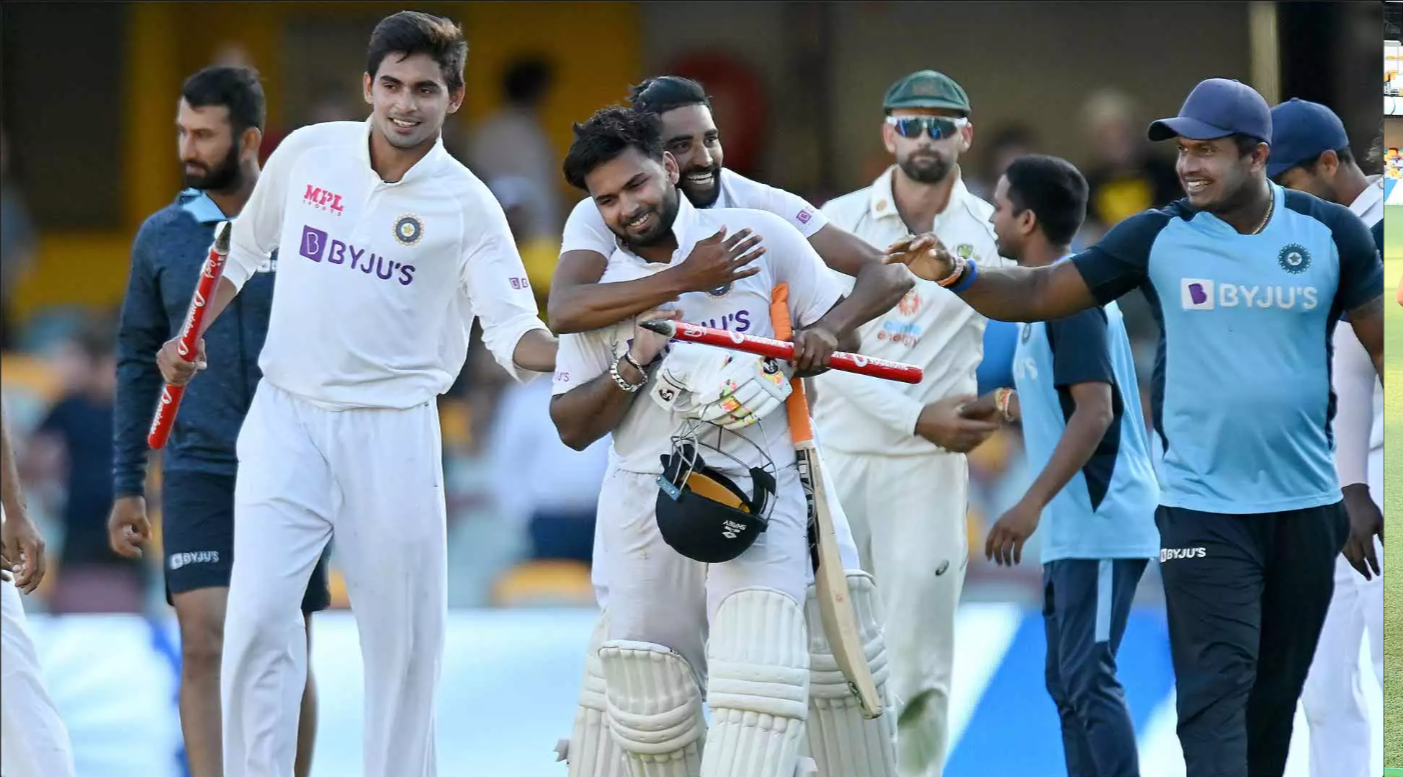How did data science and analytics help various cricket teams to make strategies for their tournaments?
Intro
Data Science is Important
Categories of Cricket Data Analysis
What Aspects of Cricket Involve Data Science and Analytics?
Cricket Analytics As a Career
Conclusion
Data Science was a little-known field in the early 2000s when Michael Lewis's book Moneyball made headlines in which a baseball team manager used player statistics and other data to form a winning baseball team for Oakland.
Twenty years have passed since Moneyball, and data science is now an integral part of strategy formation and team building in popular games including cricket. The Indian subcontinent itself boasts a huge cricket fan base. When the emotions and spirit of so many people are involved and crores of rupees are invested in the sport of cricket, the stakes are usually high. Again, with high stakes comes the role of prediction and analytics.
However, building the right team for a tournament is not easy. It involves many parameters like which bowler gets the right swing in host conditions or which player is better at playing the challenges thrown by bowlers. Analyzing the right strategy of swing and seam in the bowling attack is also a critical decision for cricket teams and that is when the role of data science steps in.
Data Science is Important

Cricket is not the first sport in which data is being used for strategy building and team formation. Internationally acclaimed sporting tournaments like FIFA World Cup, and NBA also use data science and artificial intelligence for deriving valuable insights from player and game statistics.
With the increasing use of data science in cricket, Cricketing pundits are frequently using the terms like CricScience to define data-based research and analysis for prediction modeling and forecasting.
As mentioned earlier, statistics involved in the game of cricket can impact many decisions. It involves considering crucial parameters and analyzing them using the right models to generate the correct prediction models.
Categories of Cricket Data Analysis
Data analytics in cricket is mainly categorized into two categories:
Fact Based
The first category of predictions is fact-based in which analytics is done to provide
interesting statistics that entertain audiences and cricket enthusiasts.
It depends largely on a player's past performance and the probability of their
scoring or taking wickets in the coming game. For example,
the change in the performance of a player getting analysed.
Prediction Based
The second category is prediction-based analytics. In it, prediction
modeling techniques use parameters such as weather conditions,
swing probabilities, average pace of the bowler, and condition of
the pitch. These statistics are generally meant to give predictions
like: 'Whether Rohit Sharma will score a century today?'
However, it is the latter category of analytics, which is widely used. Prediction-based analytics uses parameters such as average runs made by a batter in the last series, batting average in the predicted host conditions, injury reports, the average speed of a bowler, performance against the specific bowlers of the rival teams, etc.
What Aspects of Cricket Involve Data Science and Analytics?
Data Science in cricket is not just limited to making a playing eleven for a match. They are also of use in taking decisions in management and executive positions, selecting the right coaches and trainers, and even choosing the right equipment for the game. Let us look at the various aspects of the game in which data science plays a great role.
Team Management and Leadership
Decisions like who is likely to lead the team in the best way, i.e., the player with an impressive individual record and consistent team presence, and a good fair play score is more likely to get selected for the role of captain. Similarly, veterans with the best coaching records and those under whom most teams have improved exceptionally might be chosen for the coaching positions.
Understanding the Game and Trends
Every sport is different and the important thing about them is the variations that keep coming into play. For example, bowlers use different variations and patterns to trap a batsman into playing a wrong shot which ultimately yields the result of getting the batter out.
Now, these variations and combinations are recorded by analysts to study and predict the pattern.
Keeping a Tab on Player Performances
Keeping a tab on the performance of a player is not just limited to comparing the batting or building records, but also for their overall performance and contribution as a team member.
Some veteran players weren't essentially run machines in the later part of their careers, but it was their sheer expertise and strategic decisions that made them the backbone of the team. There are mathematical models that frame the selection index of a player based on all these parameters.
Relation Between Different Parameters
In the game of cricket, two parameters may come out to be in relationships that are visually not recognizable. For example, the amount of swing a bowler gets in overcast conditions is far more than what he gets during sunny weather. Now, this fact would have gone unnoticed if the experts would have not done a correlation and regression analysis of the two parameters.
Similarly, there might be many such correlations for individual players, and if the team management is able to recognize those patterns, no wonder it can help them in a very positive manner. It was the result of the same analytical patterns that the Indian test team did wonders at the historical Gabba test against Australia.

Cricket Analytics As a Career
Looking at the current developments and transitions in the types of career people are choosing for themselves, no field remains untouched by analytics. For example, someone with a great interest in cricket but minimal knowledge can still play with the data and contribute to the team.
An excellent way to start is by enrolling in data science and analytics courses which may further help in enhancing the domain acumen.
Aims and Objectives: Difference between Data Science and Business Analytics
Data Science involves data sourcing, data cleaning, and making data structured so that it can be applied. Business Analytics draws business data to increase revenue. Moreover, data science and business analytics aim at mining data, but their application is different and unique.
Conclusion
It is not a surprising fact that the sports and entertainment industry is no longer limited to the grounds and the fan base is becoming wider every day. With the advent of new technologies and tools, the scope for performing better is increasing exponentially, and that’s the role of data science.
As a result, the demand for the right manpower to drive this space with data analytics skills has become a need of the hour. If you want to have a head start in being a cricket analyst, enroll in a data science course by Business Toys today!

Leave a comment
Your email address will not be published. Required fields are marked with *